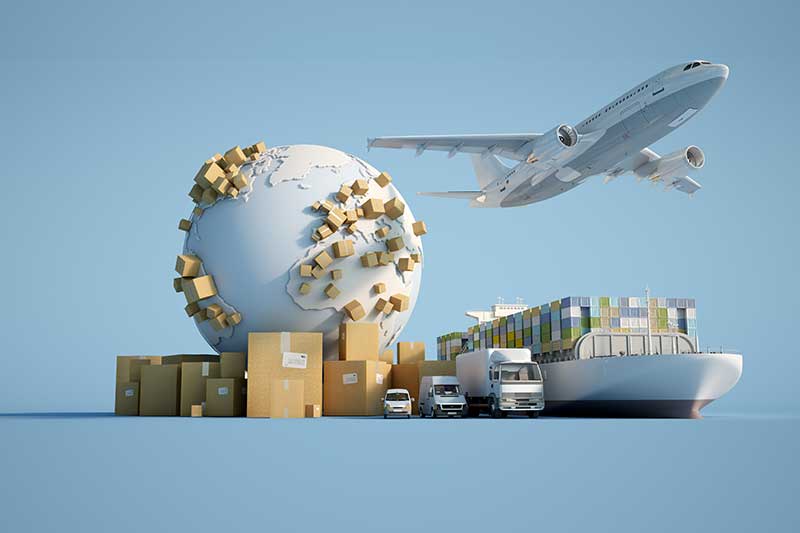Understanding Air Cargo Export Procedures

Air cargo export procedures involve any number of steps – export documentation being one of them. Of course, Customs is a major factor in air cargo export procedures and can, for some, be a major hurdle. This particularly applies if you don’t have the documentation you need. Some of the procedures involved in air cargo transport depend on the cargo itself.
A Look At Documentation
There are a number of documents which are relatively common when it comes to exportation. The product and destination involved may, of course, demand more specific requirements. The following subsections are included as applying to export documents:
- Temporary shipment documents
- Certificates for shipment of specific goods
- Certificates of origin
- Export compliance documents
- Transportation documents
- Common export documents, and more
Specifically, common export documents can include the following:
- Pro forma invoice
- Export packing list
- Commercial invoice
For many, this is already making some heads spin. That’s why, more and more, businesses are going with logistics support companies to aid them in reducing the headaches of transport – particularly when transporting goods worldwide. Let’s take a look at some other aspects of air cargo export procedures.
Steps Taken
Here is an oversimplified list of steps taken during the journey of a product from manufacturer to the desired destination.
- A product is manufactured, packaged, and given to a shipper. While the freight is taken from the manufacturer to the airport (likely via ground transportation) an electronic data interchange is taking place between the manufacturer, shipper, the airport, and the freight forwarders at the final destination.
- If shipping is international, airport customs comes into play when the shipment arrives at the airport. The proper paperwork is essential. Customs will either release or deny the export. Involved in the document flow can be the following: house manifest, air waybill, flight manifest, packing list, house waybill, and more.
- Once Customs is cleared, the shipment is loaded onto the airplane.
- Upon arriving at its destination airport, goods will need to go through the customs release import process. They will need to be declined or accepted.
- From there, more ground transportation provides movements of the product from the airport to the final destination (possibly a holding facility/warehouse).
- From a holding facility or warehouse, products are distributed to stores or directly to consumers.
3PLs – Logistics Companies
With everything that is involved in shipping, particularly when shipping around the world, overseas, via railway, etc., it becomes too much for many companies to handle efficiently. The hiring of a logistics company or 3PL can simplify everything from product pickup, to warehousing, to transportation, to delivery, and more. Logistics companies today do the following supply chain duties (these duties apply to the supply chain starting at the manufacturer through to the consumer):
- Store goods
- Move goods (any and all shipping/transportation functions)
- Implement, plan, and control that storage and movement
- Certain logistics services, depending on the logistical needs of their clients, will handle all or just some of the above stated duties.
Naturally, not only do logistics companies take on the responsibility of the above stated duties, they provide the staff with which to execute those tasks. This saves manufacturers not just the headaches involved in all matters logistics-related, but saves the cost and burden of extra staffing, warehousing, etc.
STC Logistics knows what it’s doing when it comes to shipping and transport. We know all the ins and outs involved in air cargo export procedures and so much more. We offer warehousing, distribution, crating, packing, and so much more. Contact us today to find out how we can be of assistance to you.










